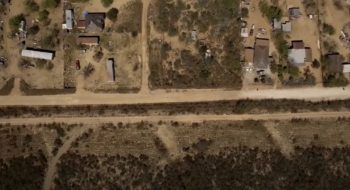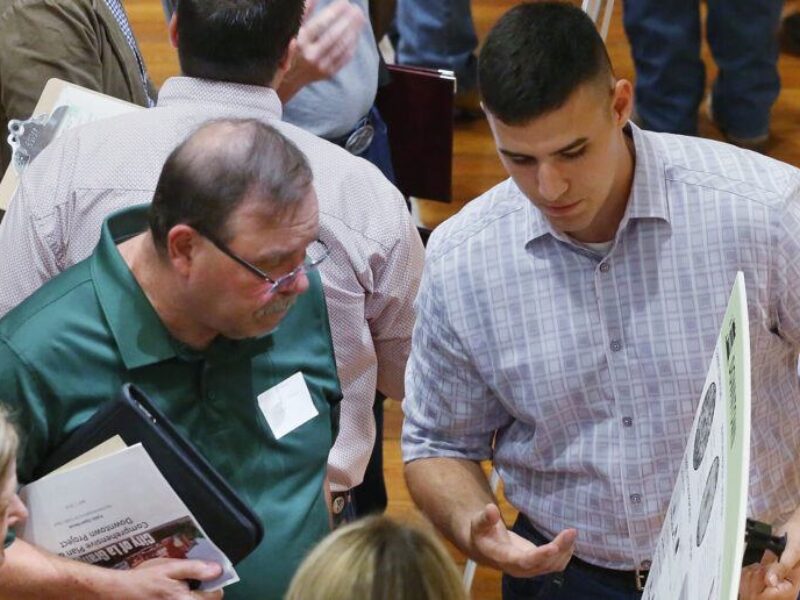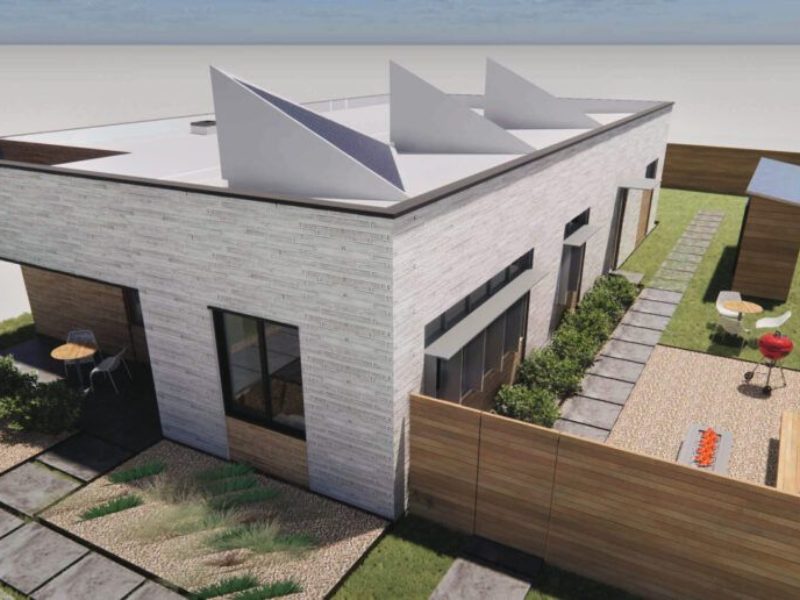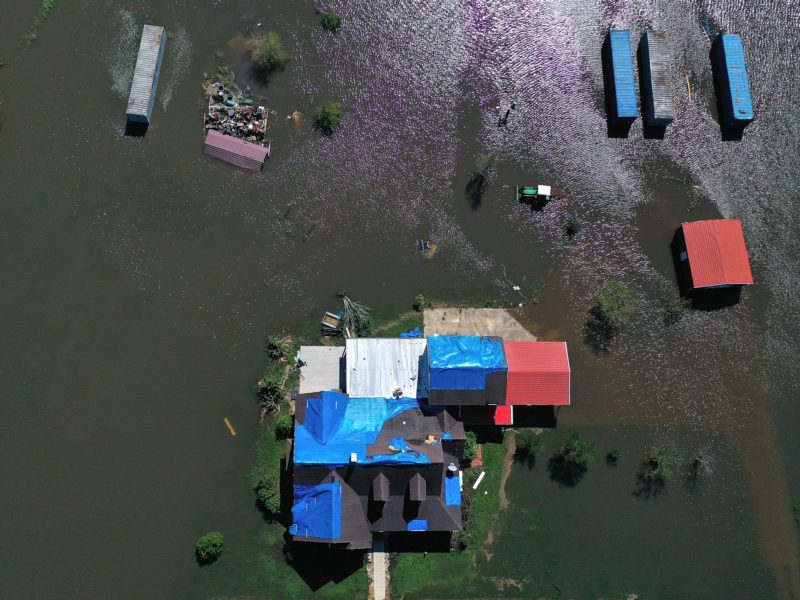Improving Lives Of Texans Along The Border

In more than 2,000 colonias — informal settlements that dot the long border separating Texas from Mexico — many Americans live in neighborhoods laced with unpaved roads, in homes without running water, electricity, or storm drainage.
“When we talk about third world conditions, everybody automatically thinks about Mexico, Africa, Haiti,” said Oscar Muñoz, director of the Texas A&M University College of Architecture’s Colonias Program. “They never think that it’s right here in our backyard.”
Approximately half a million people, most of them Hispanic, live in colonias along the 1,254-mile Texas- Mexico border, and half of those residents are under age 18.
Because of their remote locations, low incomes, and language and cultural barriers, colonias residents tend to be isolated from government services and social safety nets that provide education, job training and placement, health care, and programs for the young and elderly.
These factors can also make it harder for them to access medical, legal and other services, and raises their vulnerability to predatory practices.
“We are in communities that have a lot of needs, but the Colonias Program is constantly trying to find ways to improve residents’ living conditions, to improve their way of life,” Muñoz said.
Many believed they were getting a bargain when they settled in colonias, which date to the late 1950s. Colonias populations saw significant growth spurts due to economic conditions in the 1960s and 1990s.
Whatever the era, the colonias story is similar: people acquired relatively cheap land outside settled areas they were told would soon receive at least basic infrastructure (electricity, sewer, water, roads, etc.) common in U.S. subdivisions.
“I think the colonias became very profitable because unscrupulous developers were selling the American Dream,” Muñoz said. “Developers said ‘I’ll let you buy land, and you can pay me on an ongoing basis.’ But what’s not being told is that they might be paying 25% interest. They’re being taken advantage of.”
The Texas Legislature recognized the need for intervention by establishing the program in 1991 and asking the College of Architecture to oversee it.
Aiming to reduce colonias residents’ isolation, increase their self- sufficiency and enhance the quality of life in these communities, the Colonias Program partners with a wide variety of public and private agencies to provide GED instruction, economic and community development assistance, literacy and job training, high school dropout prevention, job referrals, health education, and more.
Program administrators, based in three regional offices and a main headquarters in San Antonio, often act as “matchmakers” in the sense that they connect colonias residents to social service agencies or initiatives.
In 2019, for example, Muñoz learned that Texas A&M students in BUILD, a student-led organization at Texas A&M that transforms shipping containers into mobile medical clinics, was soon to finish a new pair of clinics.
Realizing that such a clinic would be ideal for colonias residents who lived near Laredo in Webb County, Colonias Program administrators “matched” the county with the BUILD students and helped make arrangements to transport one of the units to Webb County.
County health employees began serving residents in the clinic, which provides an environment for basic medical services, in January 2020. The clinic supports public health by bringing services to colonias residents who may lack transportation to nearby urban areas.
BUILD is partially supported by the Department of Construction Science’s Construction Industry Advisory Council.
Another example of the program’s “boots on the ground” approach is its training of promotoras, a key feature of the Colonias Program.
Promotoras, many of whom are colonias residents, are trained to provide a neighbor-to-neighbor service connecting residents with the many social services available from public and private organizations.
“A promotora serves as a union between an agency that can help families and residents that don’t know about the agency’s resources and services,” said Nancy Martinez, a promotora and colonias resident.
The program’s promotora concept is a “grass roots” method that spreads the knowledge of available services throughout the colonias.
“By training local residents to learn how to navigate different social service systems you’re building up the colonias from within,” Muñoz said.
Promotoras become trainers of trainers, he said, paving the way to train new generations how to improve their lives and better provide for their families.
“I think we all have a promotora inside us,” Martinez said. “The majority of us want to help our neighbors, to share the good things you know, and what you can offer.”
This article by Richard Nira originally appeared on the College of Architecture website.





